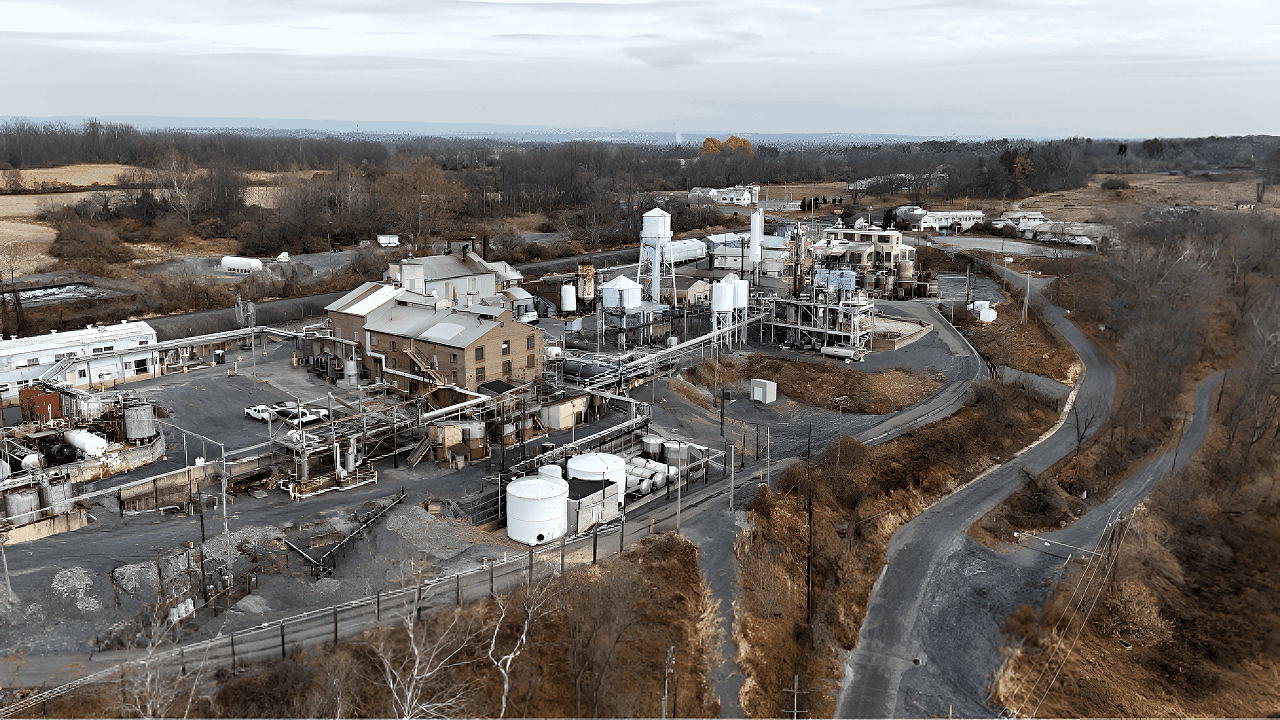
Two major packaging plants on the East Coast are preparing to close their doors by the end of 2025, resulting in the elimination of 168 jobs and sending shockwaves through regional supply chains.
The Packaging Corporation of America’s decision comes as the $100 billion U.S. packaging sector faces mounting pressures, with ripple effects expected for workers, suppliers, and customers. But what is driving this sudden contraction, and who will feel it next?
Job Losses Mount
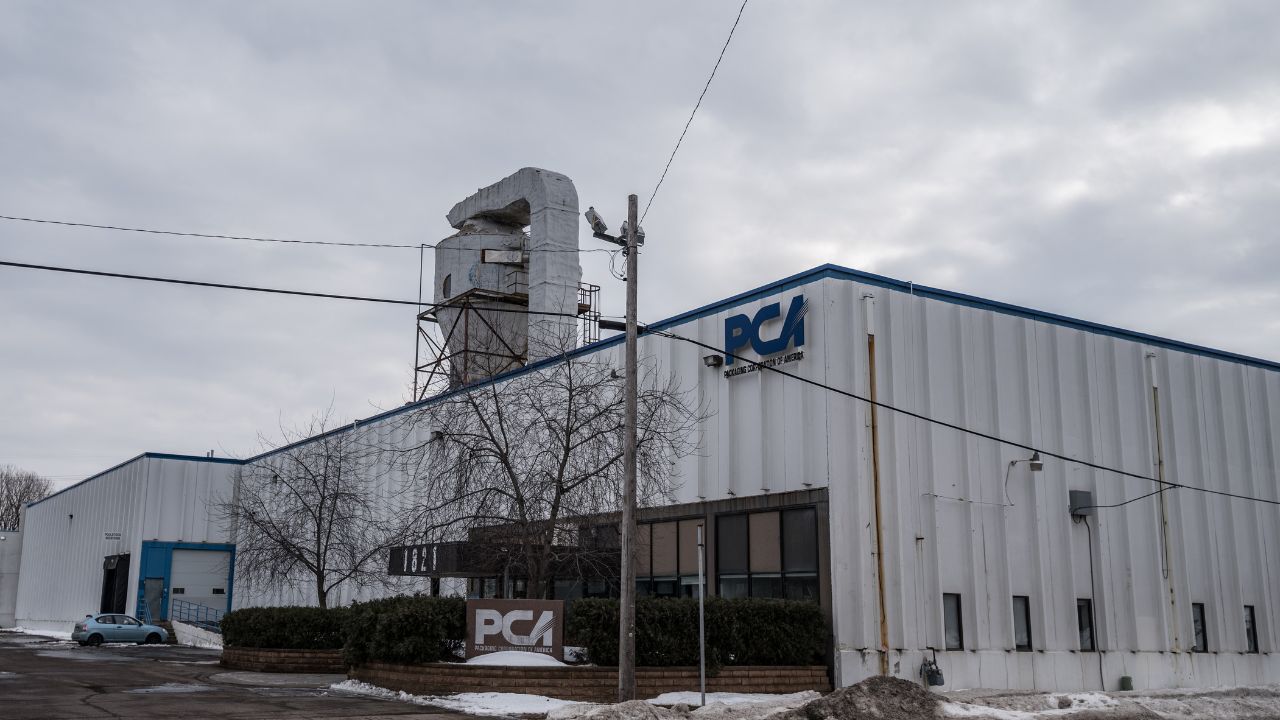
During its Q2 2025 earnings call in July, PCA reported a decline in demand, which is why the Allentown, Pennsylvania, and Salisbury, North Carolina, plants are set to close permanently, with layoffs scheduled between December 1 and December 19, 2025.
WARN notices confirm 60 jobs lost in Allentown and 108 in Salisbury. For many families, these closures mean abrupt career disruption and uncertainty about the future.
Industry Under Pressure
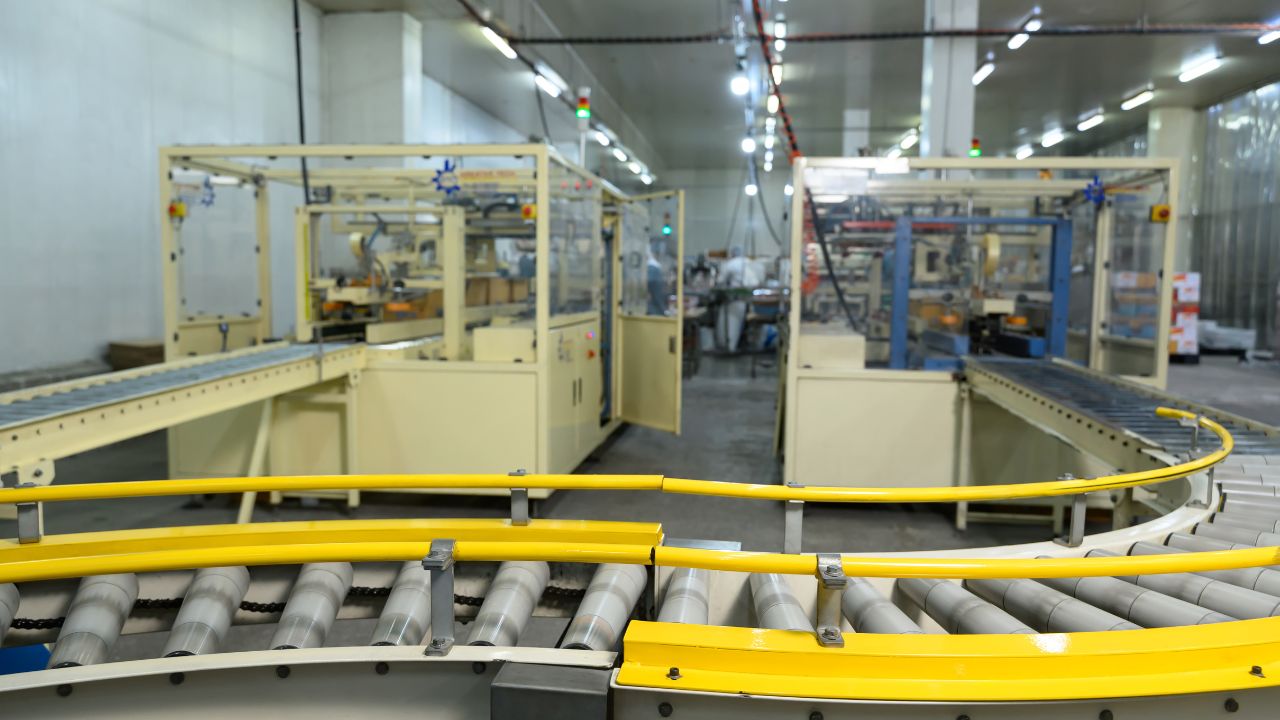
Throughout 2025, the U.S. corrugated packaging industry has experienced a steady decline in demand, with box shipments reaching their lowest second-quarter level since 2015.
Analysts have reported that retailers and manufacturers are reducing their packaging needs, putting pressure on producers nationwide. This downturn has forced companies to reassess their operations and cut costs wherever they can.
Mounting Supply Chain Strain

Broader supply chain challenges are intensifying the strain on packaging manufacturers. As demand declines, companies like PCA are reallocating production within their networks, hoping to boost efficiency but also risking service disruptions.
As a result, suppliers and customers are dealing with longer delivery times and higher transportation costs, raising questions about the resilience of the entire sector.
Closures Confirmed
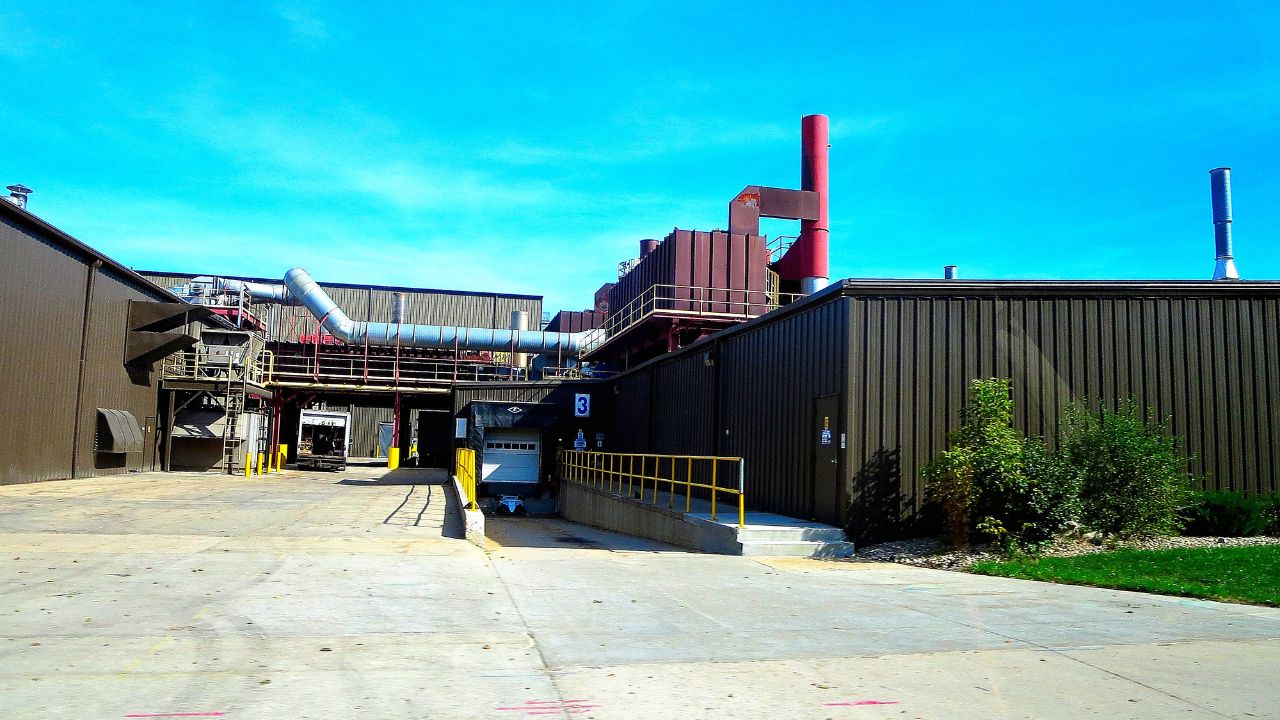
Packaging Corporation of America will permanently close its Allentown, PA, corrugated plant on December 1, 2025, and its Salisbury, NC, plant on December 19, 2025.
These full-line facilities, which were once vital to regional manufacturing, will cease operations, marking a significant contraction in U.S. packaging capacity.
Regional Fallout

The closures are expected to shrink regional manufacturing capacity, particularly in the Mid-Atlantic and Southeast.
Local suppliers and customers may face service disruptions, while community agencies scramble to coordinate job placement support for the affected workers. The loss of these plants could affect local economies, impacting everything from small businesses to municipal budgets.
The Workers

For the workers losing their jobs, the news is devastating. “We will work in earnest with state and local officials to provide access to dislocated worker assistance for our affected employees,” PCA said in the WARN notice, which was filed on October 8.
“This represented a difficult business decision. We regret the impact the permanent plant closure will have on our valued employees and the community at large.”
Competitors and Customers React
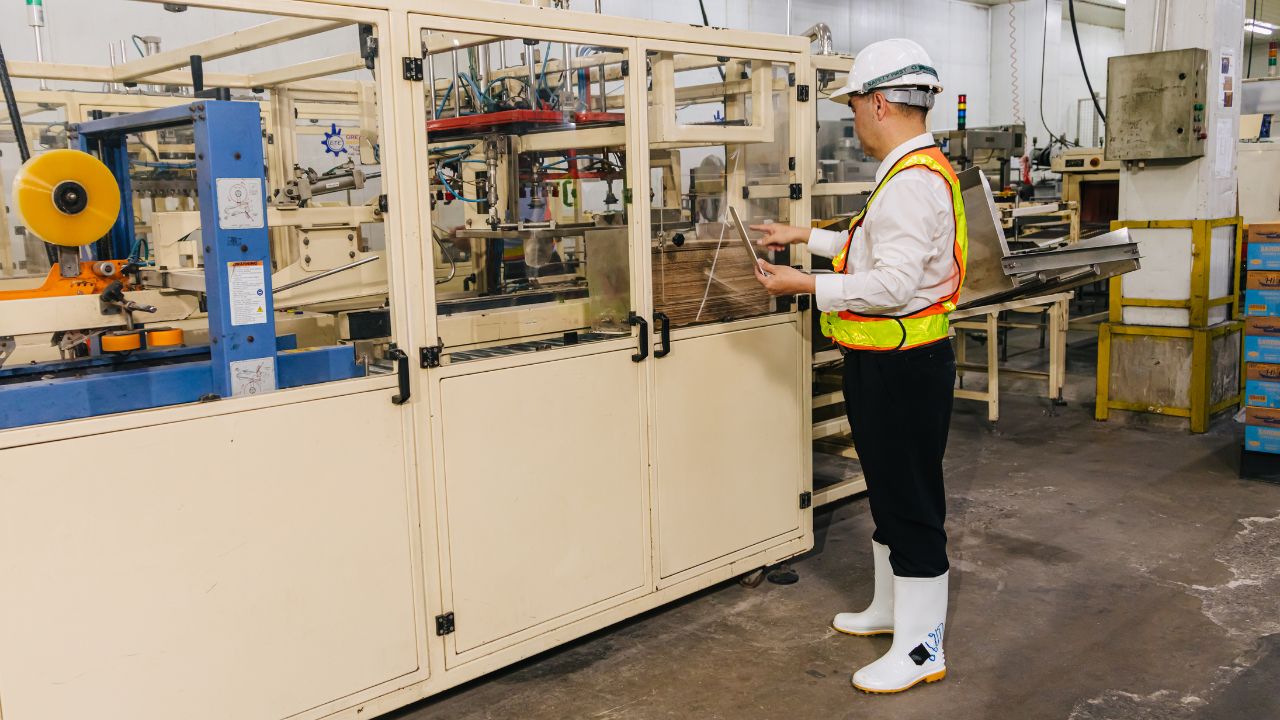
With two full-line corrugated packaging plants gone, orders could shift to nearby PCA or competitor sites. This could strain remaining facilities and alter delivery schedules.
Customers dependent on just-in-time shipments might need to adjust their logistics, while competitors weigh whether to expand capacity or hold steady amid ongoing uncertainty.
Industry Trends Deepen

Industry trackers have noted that U.S. corrugated shipments have declined year-over-year, reflecting a broader slowdown in manufacturing and retail.
Some forecasters expect this slowdown to persist into 2026, forcing producers to rely on higher-utilization plants rather than reopening closed sites. With the industry valued at around $100 billion, the potential impact of this decline is significant.
Ripple Effects Spread

Beyond the immediate job losses, these closures also cut into the converting capacity needed for packaging in e-commerce, food, and industrial shipping sectors.
Suppliers and logistics partners could face service and employment disruptions, showing the interconnectedness of the supply chain and the risk of further contraction if demand fails to rebound.
Frustration Builds

Stakeholders have expressed frustration over the lack of detailed public statements from PCA beyond the WARN filings. Workers and local officials want clarity on severance, retraining, and future prospects.
Community development agencies are stepping in, but uncertainty persists as families and businesses await further information.
Leadership’s Response
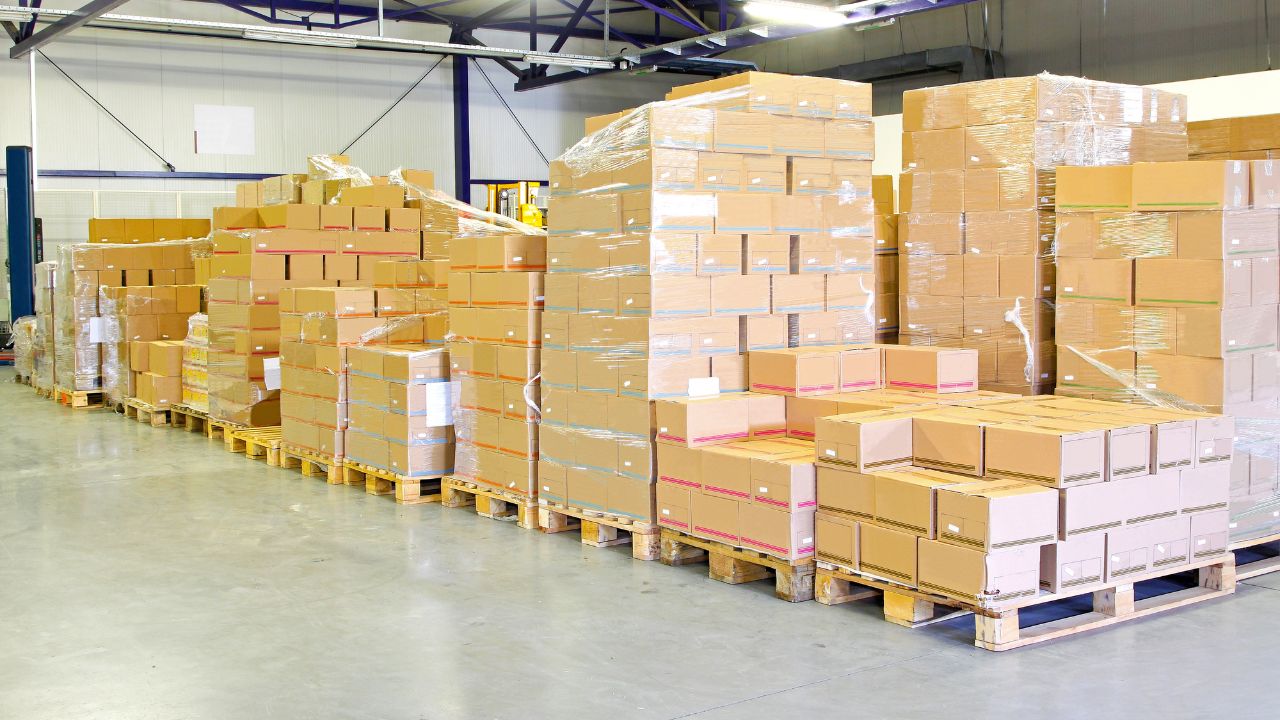
PCA leadership has described the closures as a “difficult business decision,” emphasizing that the move was necessary to redistribute production across its U.S. facilities.
The company has not reported any changes in ownership or top management, focusing instead on operational adjustments to navigate the industry downturn.
Recovery Efforts Begin
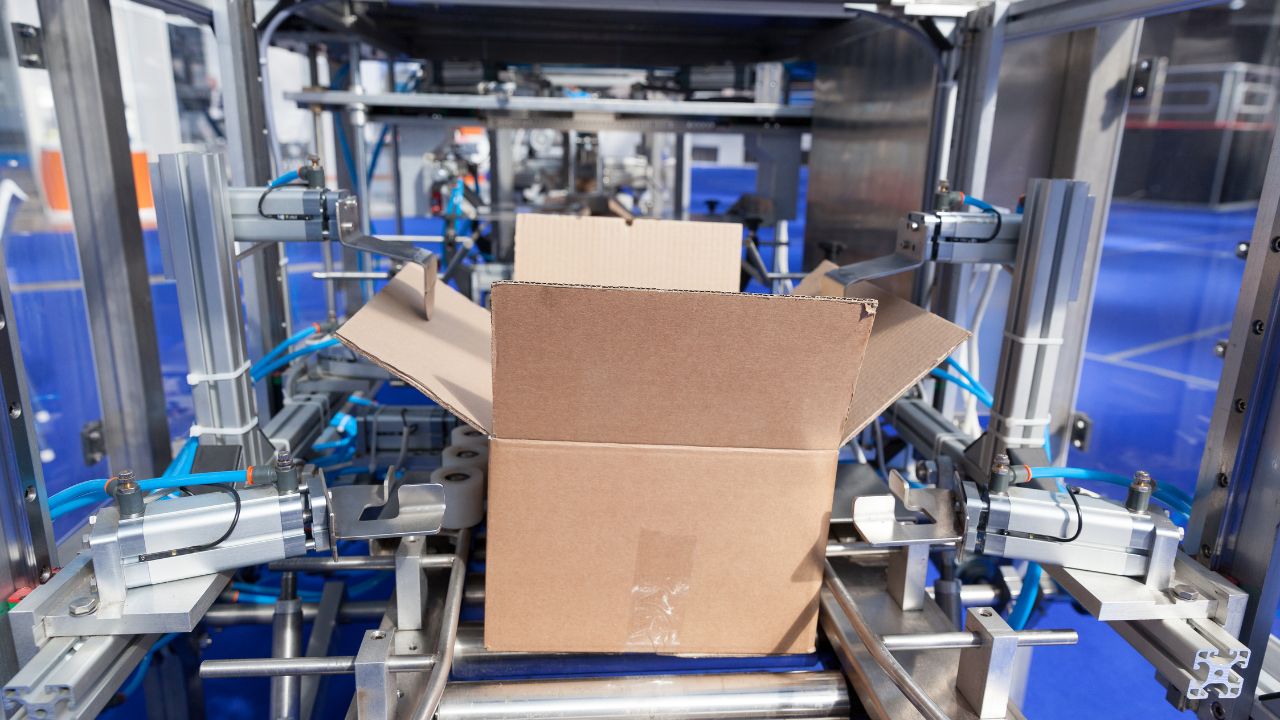
Community agencies and state labor departments are processing WARN filings and coordinating job-placement support.
Some displaced workers could find opportunities at other PCA sites or in related industries, but the transition will not be easy. Local leaders are exploring incentives to attract new employers and revitalize affected areas.
Experts Warn of Uncertainty

Analysts caution that the packaging sector’s contraction may not be over. With demand still low and macroeconomic pressures mounting, further closures or consolidations could follow.
The industry’s ability to adapt through innovation or strategic partnerships will determine how quickly it can recover from this latest shock.
What’s Next?

As the $100 billion supply chain faces ongoing disruption, the big question remains: Will demand rebound and stabilize the industry, or are more closures on the horizon?
The fate of workers, suppliers, and entire communities may hinge on how quickly the sector can adapt to a rapidly changing economic landscape.